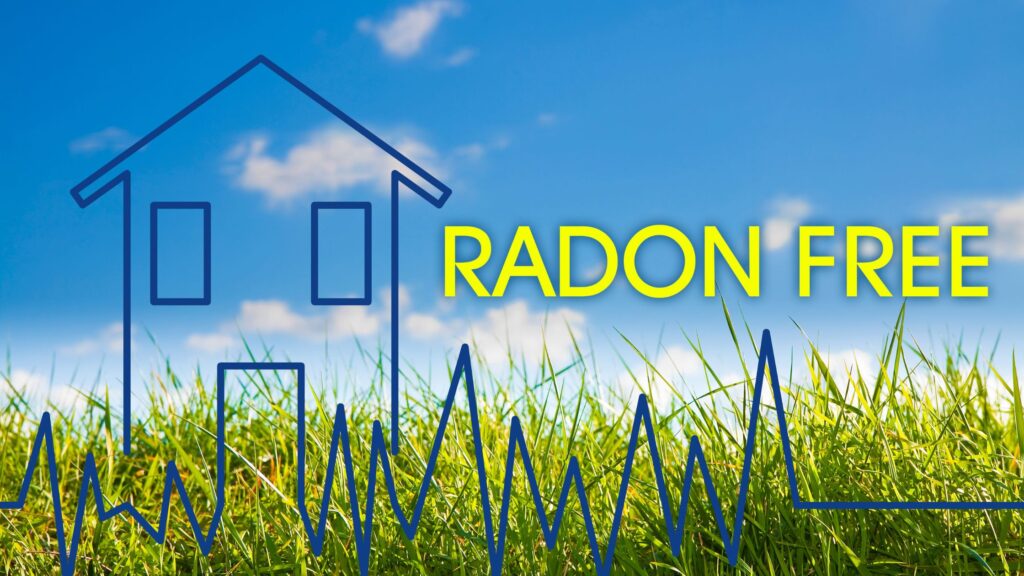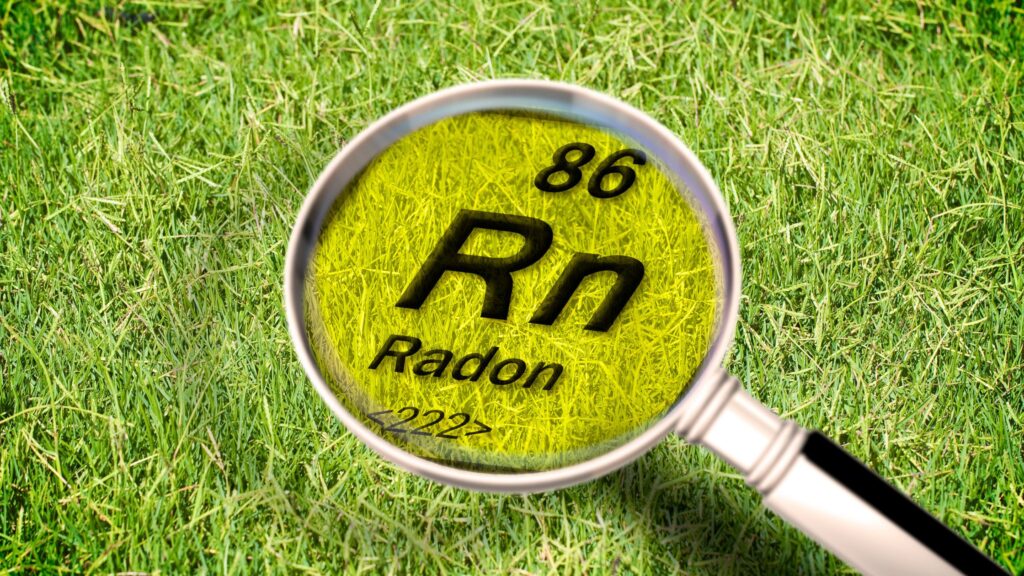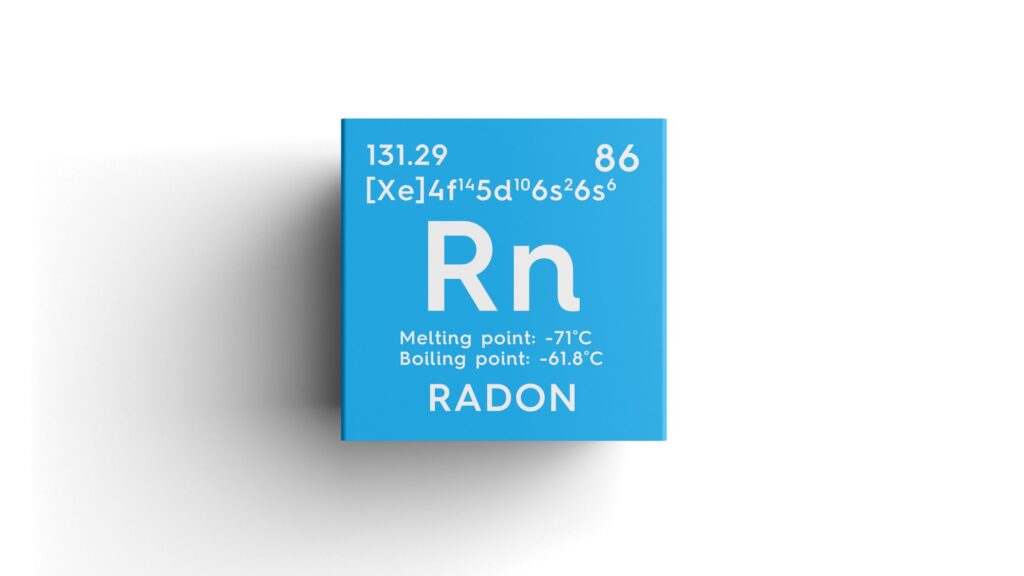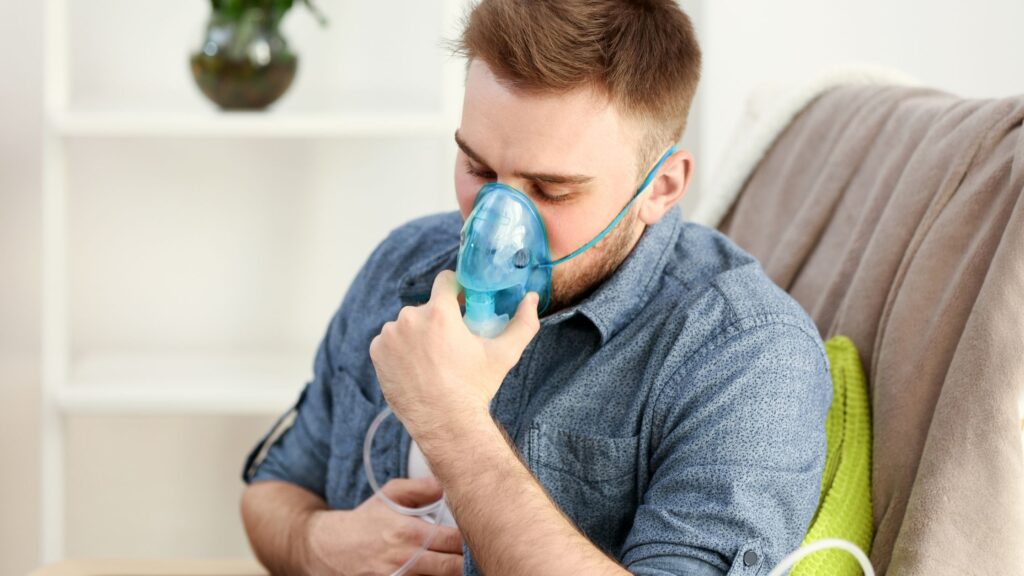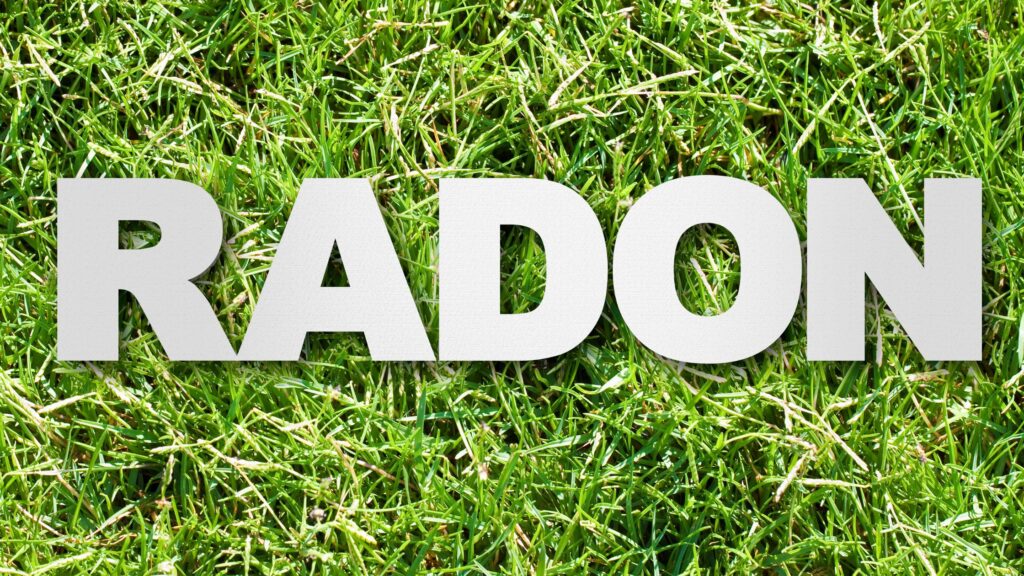Every gas in Earth’s atmosphere plays a unique role in shaping life, health, and the environment. Among these gases, radon stands out for its invisibility and potential danger. Although it makes up only a trace portion of the air, it is monitored closely because of its radioactive properties and long-term health effects. Understanding the total mass of radon in Earth’s atmosphere explains why such a small amount can still have a significant impact on human life.
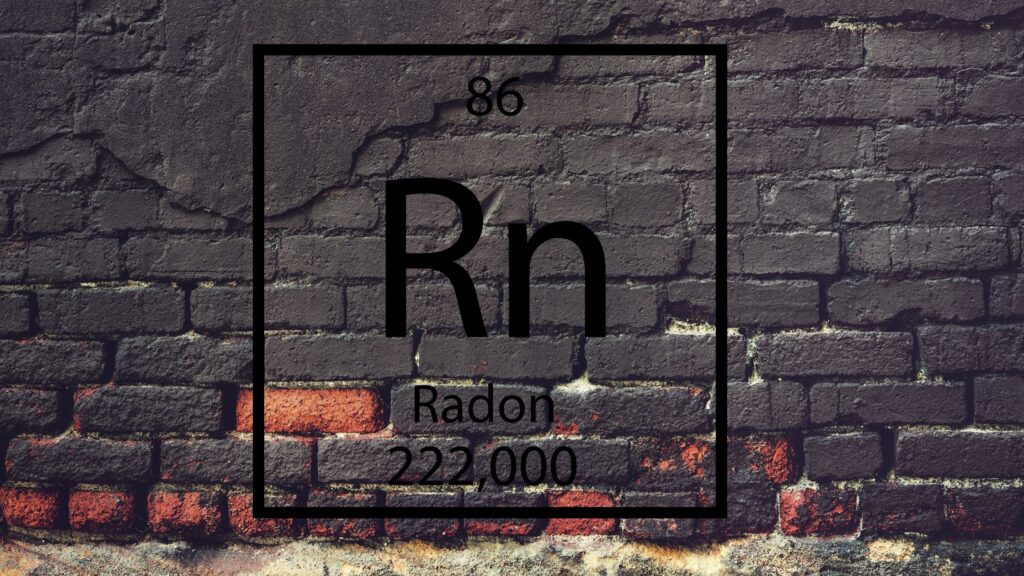
What Is Radon?
Radon is a naturally occurring radioactive noble gas produced from the decay of uranium, thorium, and radium in soil and rocks. It is colorless, tasteless, and odorless, making it undetectable without specialized equipment.
While radon does not chemically react with other elements, its radioactivity makes it dangerous. The gas has a half-life of only 3.8 days, meaning it breaks down quickly into other radioactive particles. Despite this short lifespan, radon can accumulate indoors, where ventilation is limited, and cause harmful exposure. Learn more about Invisible Natural Threat.
The Total Mass of Radon in Earth’s Atmosphere
Compared to Other Atmospheric Gases, such as oxygen and nitrogen, radon exists in extremely small amounts. Scientists estimate that the total mass of radon in Earth’s atmosphere at any given time is only a few thousand kilograms. Key insights include:
- Tiny global presence – just a few thousand kilograms at once.
- Short half-life – rapid decay prevents large-scale buildup.
- Geographic variation – higher levels appear in uranium-rich areas.
- Continuous release – decay in soil and rock keeps replenishing the atmosphere.
Even though the global quantity is low, localized levels can reach harmful concentrations, especially indoors.
Sources and Movement of Radon
Radon mainly comes from the ground. As uranium decays naturally in soil, the gas seeps upward through cracks and pores into the open air. Other contributors include groundwater and certain building materials. Human activities such as mining can also intensify emissions. Major sources of radon include:
- Soil and rocks – uranium decay in granite, shale, and phosphate rocks.
- Groundwater – water from underground aquifers may release radon.
- Building materials – stone and concrete products with uranium content.
- Mining and excavation – disturbing uranium-rich layers increases local release.
Outdoors, radon usually disperses quickly into the air. Indoors, poor ventilation allows the gas to accumulate, making enclosed spaces a greater health risk.
Why Monitoring Matters
Because the total atmospheric mass of radon is small, some might assume it is not dangerous. However, localized exposure makes radon one of the most serious environmental health threats. It is the second leading cause of lung cancer after smoking, and both smokers and non-smokers are at risk. Monitoring the total mass of radon is important because:
- It identifies high-risk areas before exposure occurs.
- It supports research into soil gas and uranium deposits.
- It helps shape public health policies and building regulations.
- It provides early warnings that can save lives.
Without testing and monitoring, radon exposure remains invisible until health consequences appear years later.
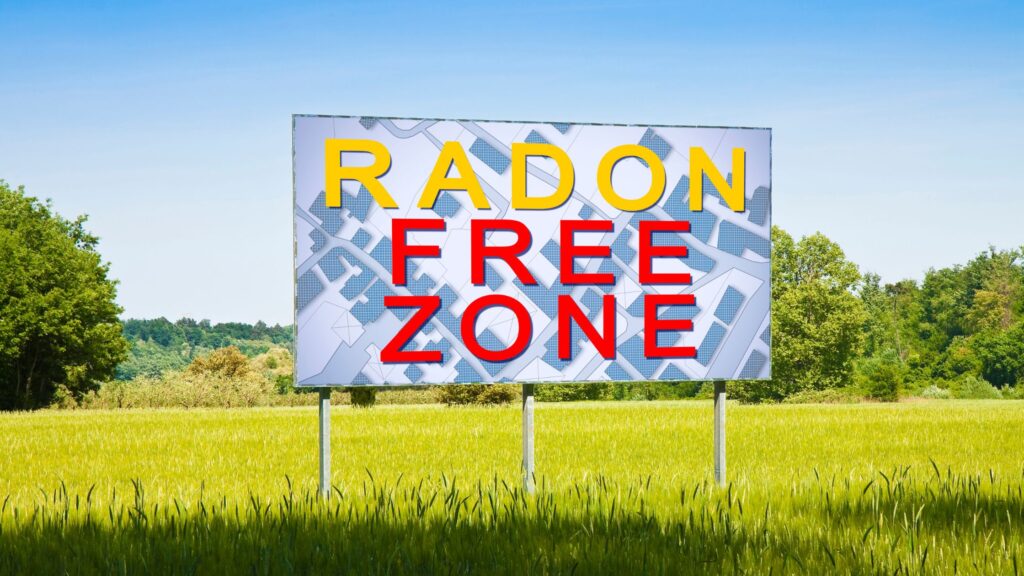
Radon Indoors vs. Outdoors
Radon behaves differently depending on the environment:
- Outdoors – Dilution from wind and open air keeps concentrations low.
- Indoors – Radon can accumulate in enclosed spaces such as basements, crawl spaces, and ground-level rooms.
Why indoor radon is more dangerous:
- It collects in areas with limited ventilation.
- Cracks in foundations and walls act as entry points.
- Concentrations rise over time if not addressed.
- Long-term exposure significantly increases lung cancer risk.
This difference highlights why most radon-related health issues are linked to indoor exposure rather than outdoor air.
Health Risks of Radon
Even though radon is invisible and odorless, its radioactive particles can damage lung tissue when inhaled. Over time, the risk becomes severe. Health risks include:
- Lung cancer – radon is the second leading cause after smoking.
- Synergistic risk with smoking – smokers exposed to radon face even higher cancer rates.
- Silent progression – radon exposure produces no symptoms until cancer develops.
Because symptoms appear years later, radon is often called a “silent killer.”
Protecting Communities from Radon
The best defense against radon exposure is awareness, testing, and mitigation. Since radon levels vary widely, even homes in the same neighborhood can show different readings. Effective protection strategies include:
- Testing regularly – use home test kits or professional radon measurement services.
- Improving ventilation – enhances airflow in basements and ground floors.
- Sealing entry points – close cracks in floors, foundations, and walls.
- Installing mitigation systems – use sub-slab depressurization or venting systems.
- Following safety codes – new construction in high-radon areas often includes preventive features.
By applying these strategies, families and communities can lower health risks and ensure safer living spaces.
Conclusion
The total mass of radon in Earth’s atmosphere is minimal compared to major gases, yet its health impact can be significant. Outdoors, it disperses rapidly. Indoors, it can accumulate to dangerous levels, silently threatening health over time. Continuous monitoring, testing, and mitigation are the best ways to reduce risks.
For expert guidance and professional radon mitigation services, visit DSM Radon — your trusted partner in creating safer, healthier indoor environments.
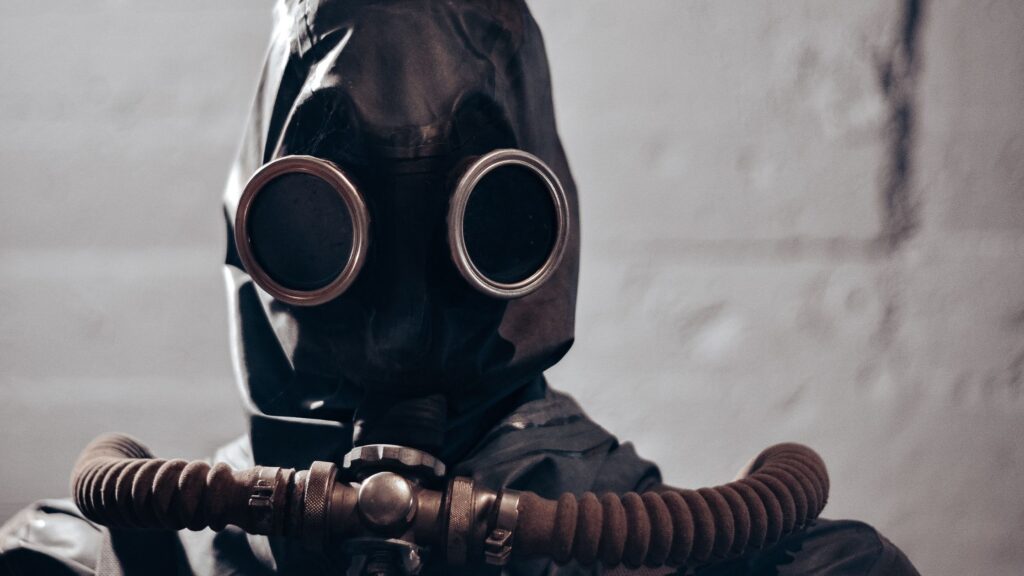
FAQs
1. How much radon exists in Earth’s atmosphere?
Scientists estimate that only a few thousand kilograms of radon exist at any moment, due to its short half-life.
2. Why is radon harmful?
Radon decays into radioactive particles that damage lung tissue when inhaled, increasing cancer risk.
3. Where is radon exposure most dangerous?
Indoors, where poor ventilation allows radon to accumulate in basements, crawl spaces, and lower levels.
4. How can radon levels in homes be reduced?
Testing, sealing cracks, improving ventilation, and installing mitigation systems can all reduce exposure.

